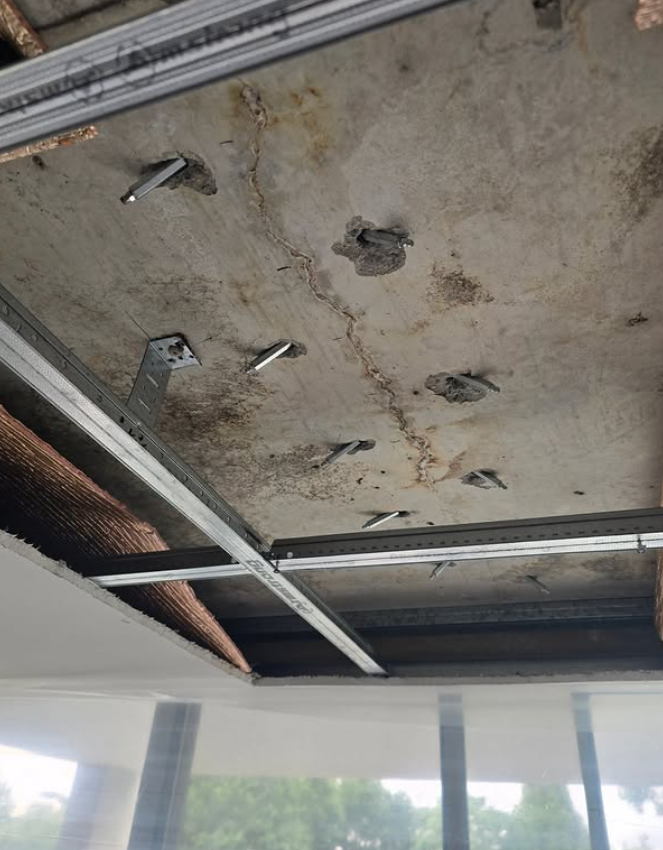Live Concrete Cracks
- UPSPEC Services

- Mar 19
- 2 min read
Water ingress through live concrete cracks can be a persistent and costly issue. Cracks and water leaks significantly impact concrete durability by allowing moisture to penetrate, which leads to concrete spalling, rusting reinforcement steel and concrete deterioration if left untreated.
Live cracks in concrete refer to those that are actively moving due to structural settlement, temperature fluctuations, or other dynamic forces. These cracks create pathways for water ingress, particularly in high-water-table areas or structures exposed to constant moisture. Traditional inflexible waterproofing solutions may fail under these conditions as the crack continues to expand and contract over time.

Our solution to rectify the crack in the above picture and stop it from leaking was the combination of hydrophilic resin injection and a negative-side flexible cementitious waterproof membrane. A highly effective solution to stop active leaks and protect the structure from further moisture infiltration.
Hydrophilic resin injection is a proven method for sealing active leaks in concrete. For this technique we inject a water-reactive polyurethane resin into the crack, where it expands upon contact with moisture to create a flexible yet watertight seal.
With the hydrophilic resin injection sealing the crack internally, we applied a negative-side flexible cementitious waterproof membrane to provide an additional layer of defence against water pressure. This membrane was applied on the internal side of the structure (opposite the water source), forming a continuous barrier that prevents moisture from penetrating further.

By combining hydrophilic resin injection with a negative-side flexible cementitious waterproof membrane, we achieved a two-layered defence against water ingress. The resin injection seals the crack internally, preventing further leaks, and the waterproof membrane protects the surface, stopping moisture penetration and reinforcing the structural integrity.






Comments